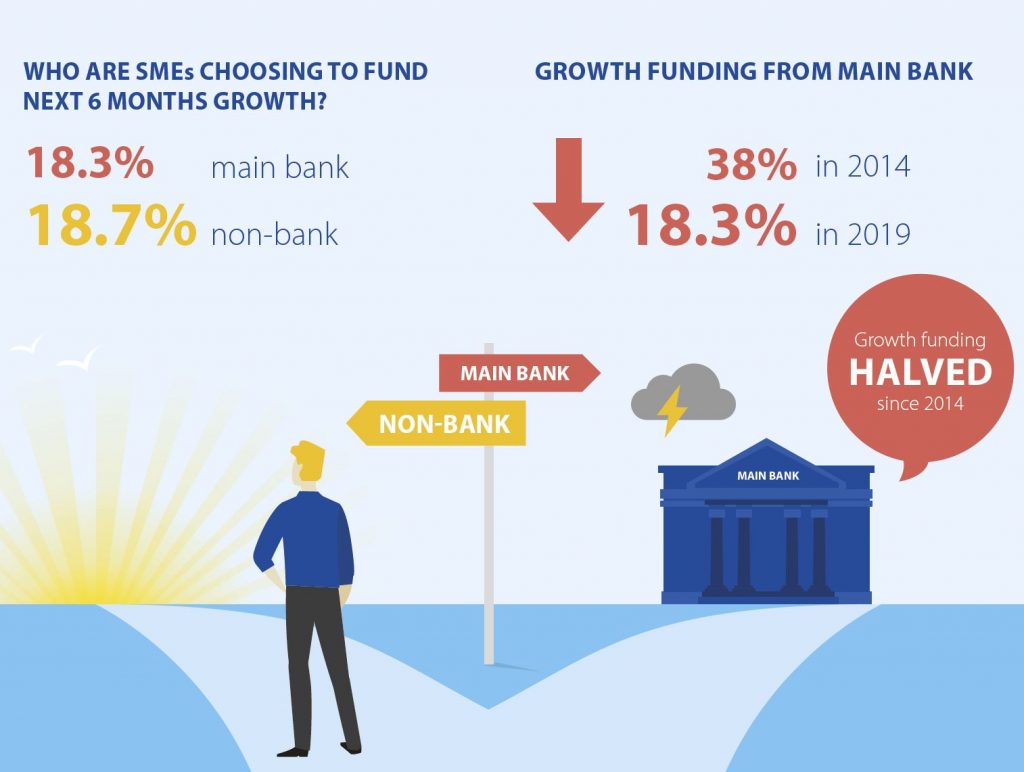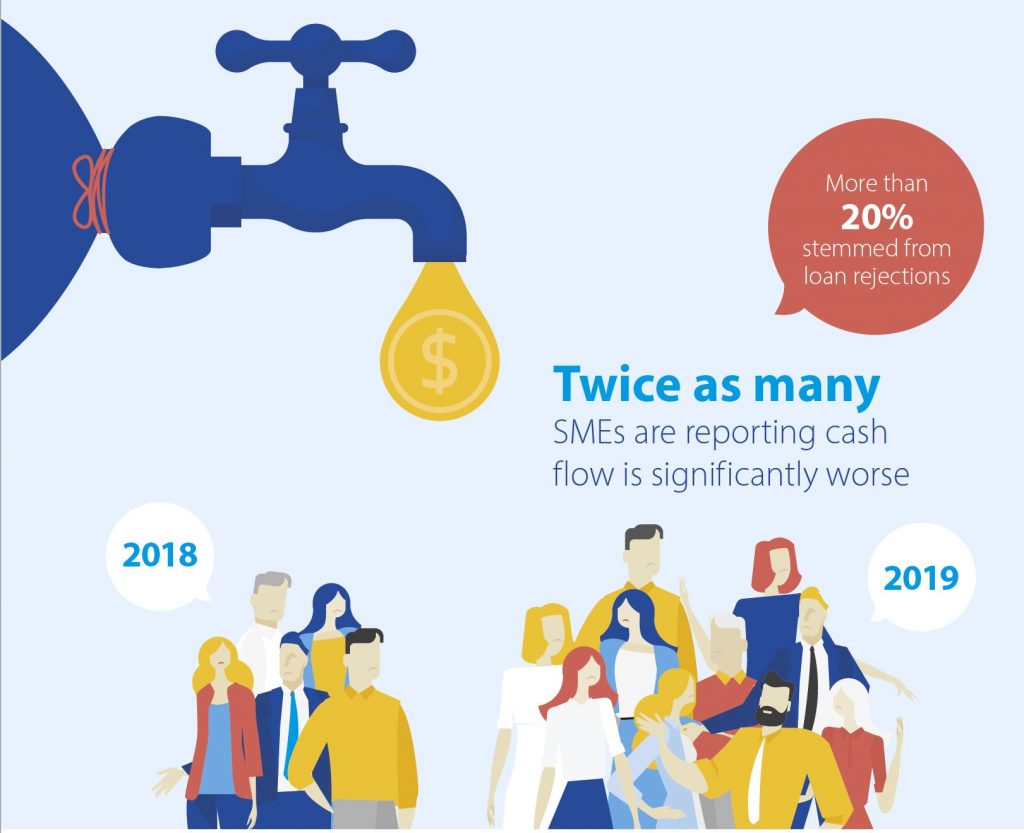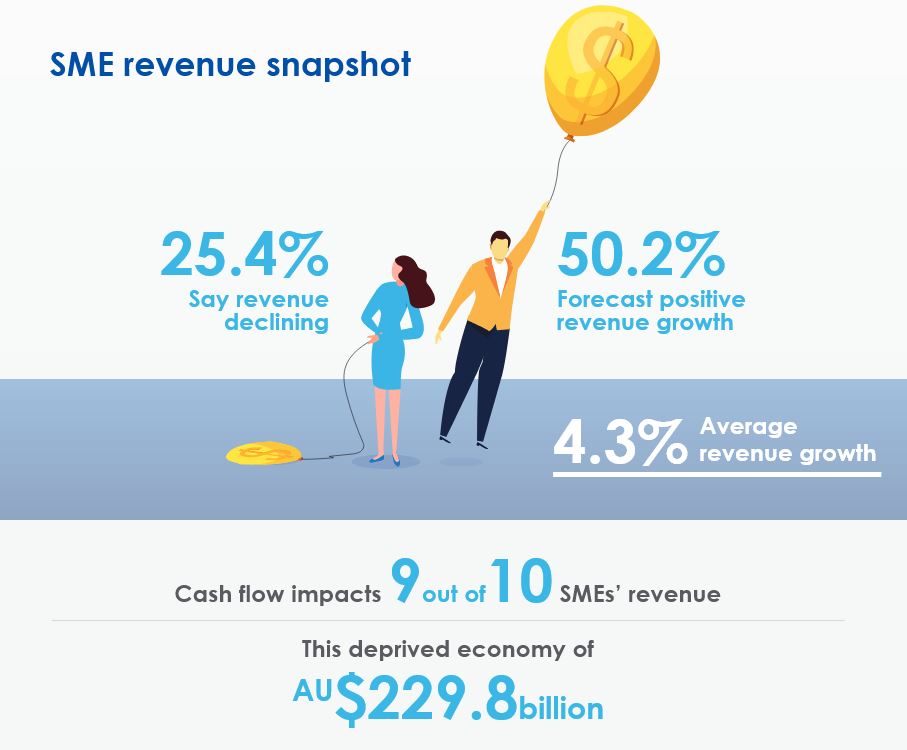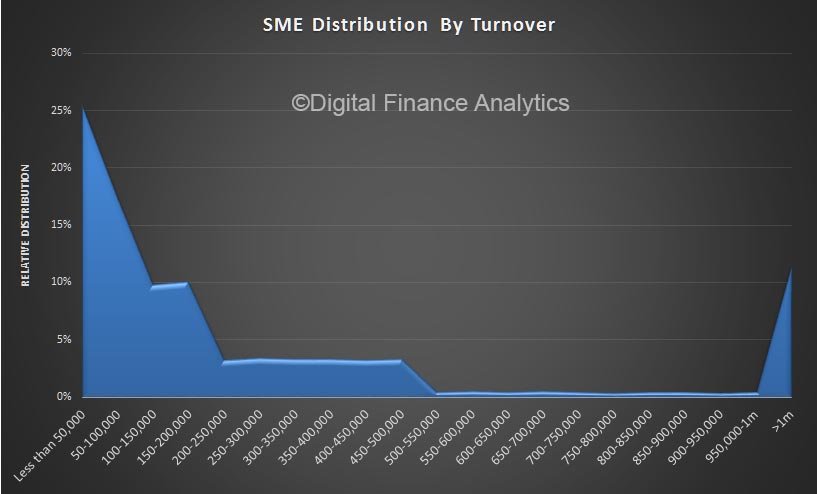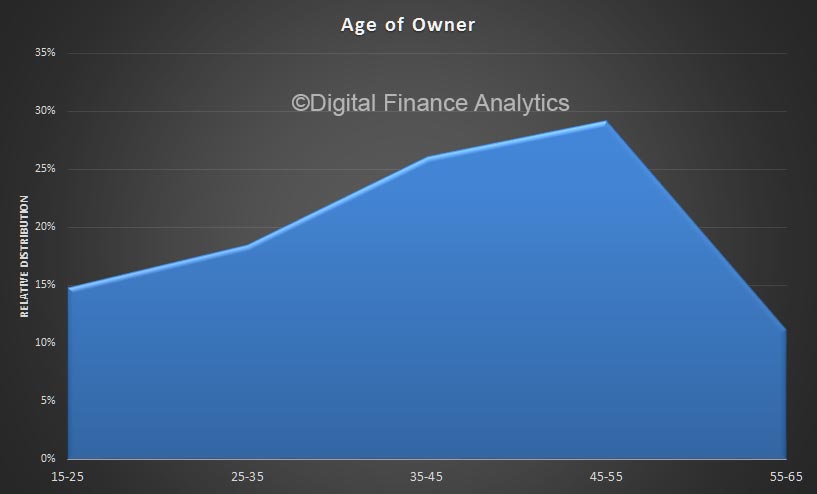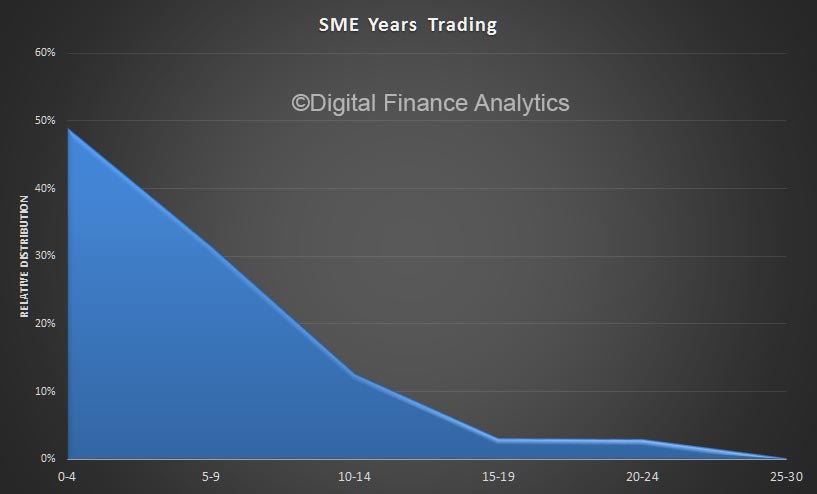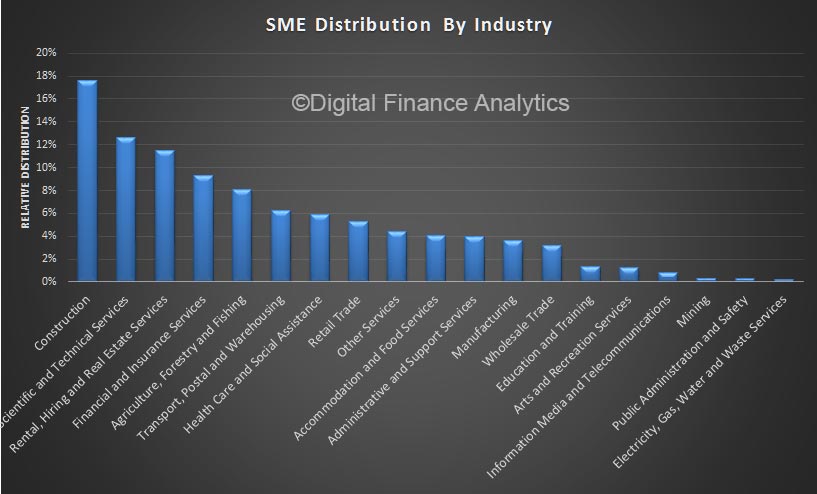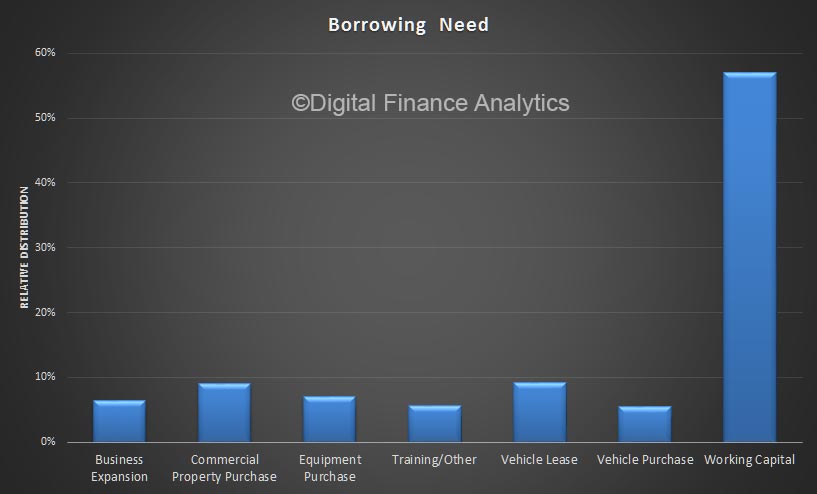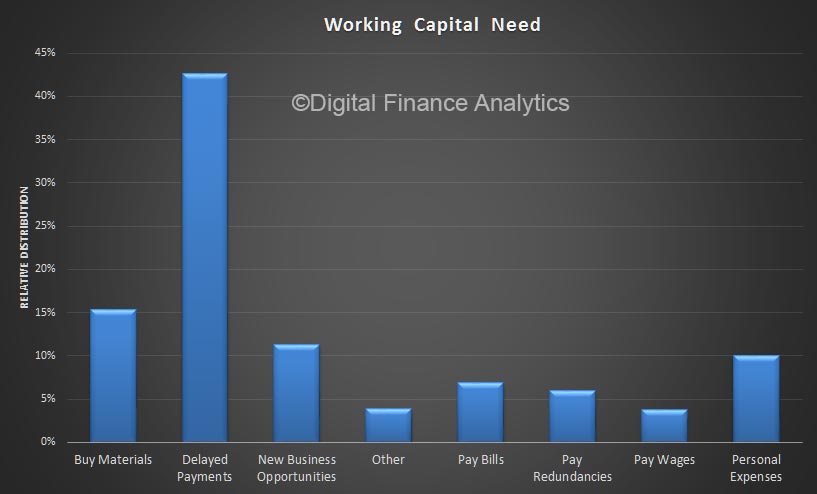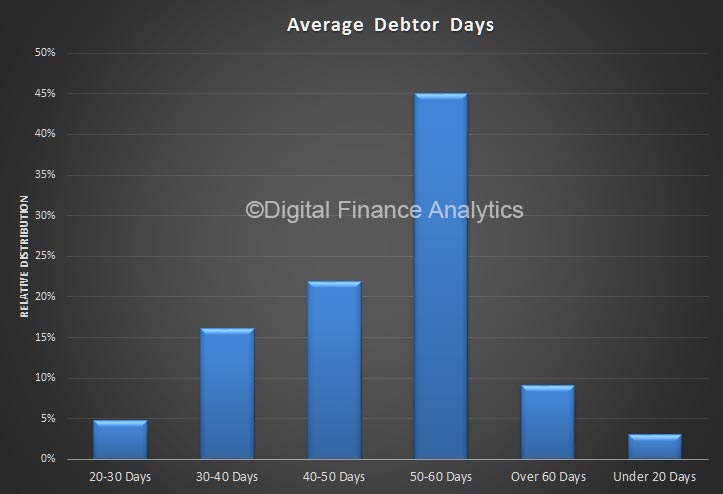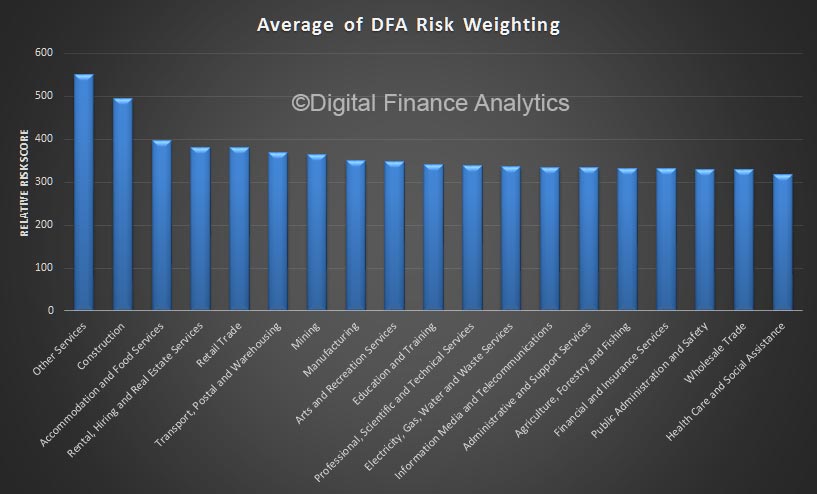This report confirms what our SME surveys show – small business has an unequal relationship with their banks, have difficulty getting the finance they need on fair terms, and find that lenders bully them especially in times of hardship. That said, SME’s often are unable or unwilling to shop around to get better deals, and feel trapped by the current arrangements. You can a video on our analysis here, and get the free copy of the DFA report here. SME’s are a critical engine in the economy, and current banking behaviour towards them is a brake on growth.
The ASBFEO report has made a significant number of recommendations.
The ASBFEO inquiry – completed in just over three months – investigated the circumstances surrounding a number of cases of alleged small business mistreatment by the banks, and concluded loan contract arrangements between banks and small businesses, put the borrower at a distinct disadvantage.
“Fundamentally, what we’ve found is that small businesses who take out a loan, do so under the impression that if they keep up their payments, they will stay out of trouble. The reality is that this is not the case; that the clauses contained in standard small business loan contracts give banks an inordinate level of power over the borrower, who has zero ability to do anything about it,” Ms Carnell said.
“Basically, the terms in these contracts allow the bank to take action to protect itself from financial risk, by inflicting added demands on the borrower.
“For example, banks may conduct a new valuation on the assets securing the loan. Now if the value is found to have fallen, the borrower faces significantly increased – and potentially unmanageable – loan costs. Banks also have the power to unexpectedly call in the loan, and demand repayment in an unrealistic timeframe.
“So what ends up happening is that through no fault of their own, small businesses could quickly find themselves in default, even though they’ve made each loan payment, on time, every time.
“The banks argue that they don’t use these contract clauses, however our inquiry found this is simply not true; that banks do in fact utilise these clauses, much to the surprise and heart-break of their small business borrowers,” she said.
Ms Carnell said the ASBFEO report outlines recommendations that can be implemented – many in a short timeframe – to help alleviate the vulnerability of small business borrowers when entering contracts, while not impacting on the financial viability of the banks.
“The cases we examined during our inquiry highlighted the glaring need to ensure small business bank customers are provided with simple standard contracts that are written in plain English and that get rid of the clauses giving banks all the power,” Ms Carnell said.
“It’s also clear from the cases we looked at, that current thresholds governing small business external dispute resolution are insufficient, so we will certainly support work in establishing a mechanism to provide timely and affordable access to justice for cash-strapped small businesses,” she said.
Ms Carnell said the ASBFEO will publish six monthly scorecards on the progress banks are making in response to the recommendations contained in the ASBFEO report.
“Since the GFC there have been 17 inquiries and reviews that have produced more than 40 recommendations over the years, relating to the small business sector. Despite this, the banks have consistently failed to implement changes to address persistent problems” Ms Carnell said.
“Frankly, the banks take ‘kicking the can down the road’ to new levels. This is no longer acceptable and I’m determined the recommendations we’ve made are adopted as quickly as possible. This report is a living document; it’s only the beginning of our work in this area,” she said.
Ms Carnell said she hopes that as industry leaders, the four major banks will seize the opportunity to be exemplars for change, saying the ASBFEO has already secured varying levels of in–principle support from the banks on a range of issues.
“While there’s certainly a lot of work to be done, it’s important to give credit where it’s due, with the big four banks committing – albeit to varying degrees – to make changes in a number of problem areas identified during our inquiry process,” Ms Carnell said.
These include amending the Code of Banking Practice to provide greater small business protections, the creation of customer advocates and improved transparency on valuations.
Background:
On 6 September 2016, the Minister for Small Business, the Hon. Michael McCormack MP, tasked the ASBFEO with undertaking an inquiry into the adequacy of the law and practices governing financial lending to small businesses.
The ASBFEO inquiry investigated a selection of cases examined as part of the Parliamentary Joint Committee Inquiry into the Impairment of Customer Loans.
Throughout the inquiry process executives from the four major banks were summonsed to attend public hearings, with the ASBFEO using its Royal Commission-like powers to compel banks to produce required case documentation. The inquiry also heard evidence from bank customers during private hearings, and considered the findings of previous inquiries and reviews.

